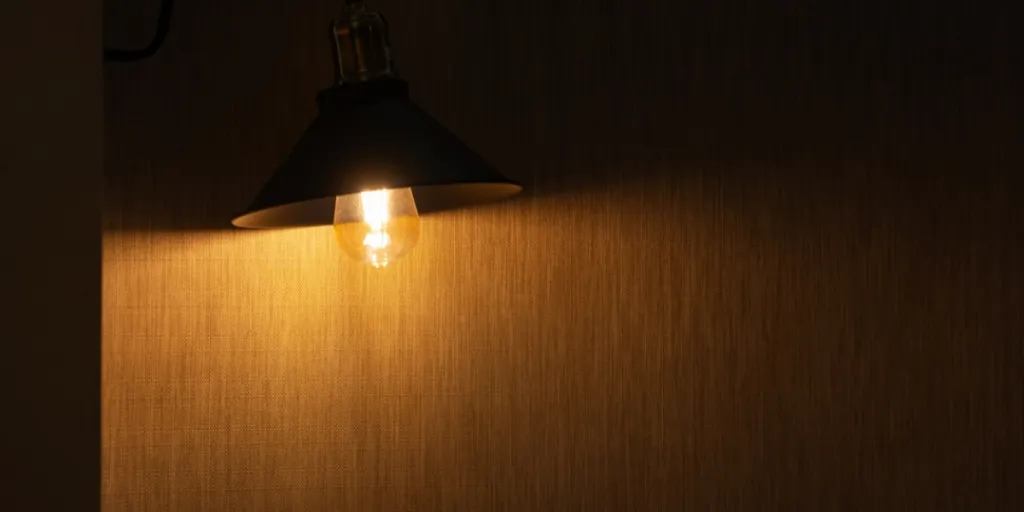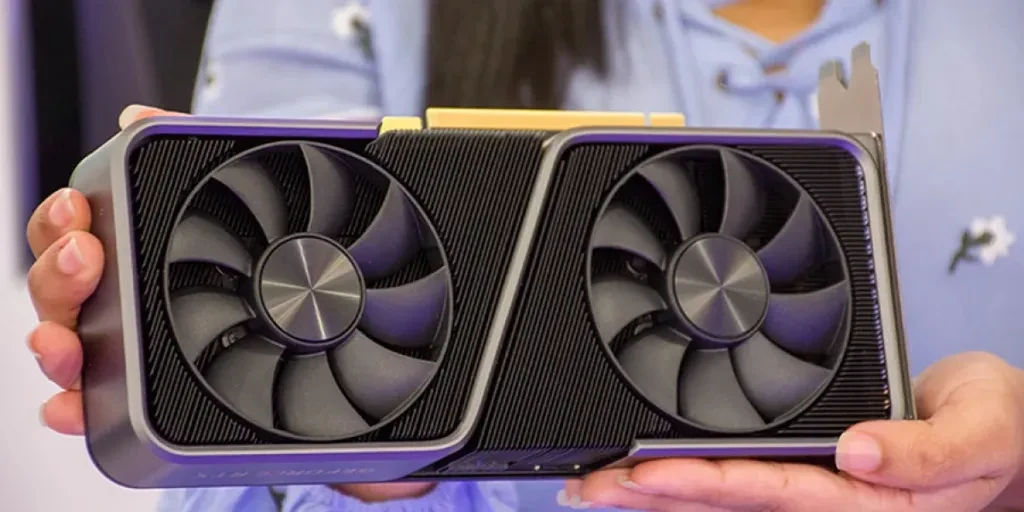Outdoor lighting can create the perfect setting for evening gatherings, quiet nights on the porch, or even just a well-lit pathway to the door. But the downside? Standard outdoor lights tend to attract swarms of insects, turning cozy nights into an annoying bug fest. But thankfully, this is where bug lights come in.
These lights are less appealing to insects, allowing customers to enjoy their outdoor spaces without the buzz and bother. But before rushing into this market, businesses must stock products that deliver on the promise to keep bugs at bay. This guide will dive deep into what makes bug lights work and how to choose the best customer selection.
Table of Contents
What are bug lights?
How big is the bug light market?
What to look at when stocking bug lights
1. Outdoor durability
2. Type
3. Energy efficiency and lifespan
4. Color temperature and wavelength
5. Extra features
6. Compatibility with fixture
Wrapping up
What are bug lights?
Bug lights are specially designed bulbs that emit light at a less attractive wavelength to insects. Bugs love cooler colors, like blue and ultraviolet (UV) light, as they mimic natural light sources that insects use to navigate. However, bug lights avoid these wavelengths, usually by emitting a yellowish or warm light instead, which doesn’t appeal to most insects.
Customers use bug lights on porches, patios, doorways, and other outdoor spaces where they want a peaceful, bug-free environment. While there are different bug lights, each aims to create the same effect: lighting the night without drawing in the bugs.
How big is the bug light market?
With outdoor living spaces gaining popularity, the demand for products that make these areas more comfortable is also rising. Bug lights are no exception, and the market for these products is growing as more people want to avoid harsh chemicals or bug sprays.
Cognitive Market Research says the bug light market reached US$ 6.142 billion in 2024 and will reach US$ 15.848 billion by 2031, at an impressive 14.50% compound annual growth rate (CAGR). North America is also the biggest region for bug lights, as the same report says it holds US$ 2.457 billion of the total revenue in 2024 and will grow at a 12.7% CAGR.
What to look at when stocking bug lights
1. Outdoor durability
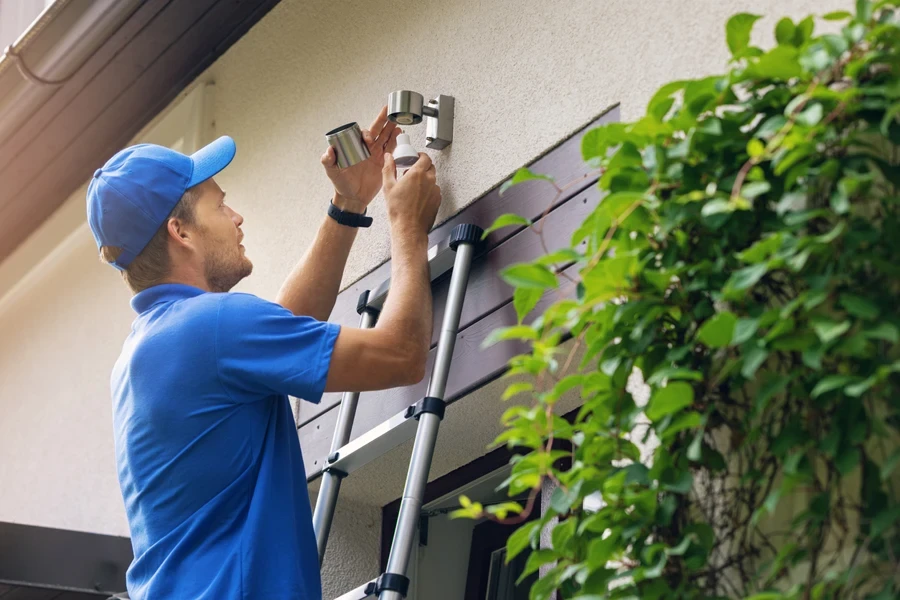
Durability is essential for outdoor bug lights. Customers want something reliable for their exposed spaces. Since they will leave them on for hours, these bug lights must be able to handle rain, wind, and the seasonal ups and downs in temperature.
Any outdoor product needs a tough and effective build to thrive. So, always look for bulbs with weatherproof or shatterproof labels to ensure they’ll keep shining no matter the conditions. Here’s a term to watch for: IP65 (or higher)—a simple rating that tells customers a light can resist water, dust, and outdoor debris.
Note: It’s better to go with this IP rating or higher, as products with the rating are perfect for customers who need their lights to handle the unpredictable outdoors without fuss.
2. Type
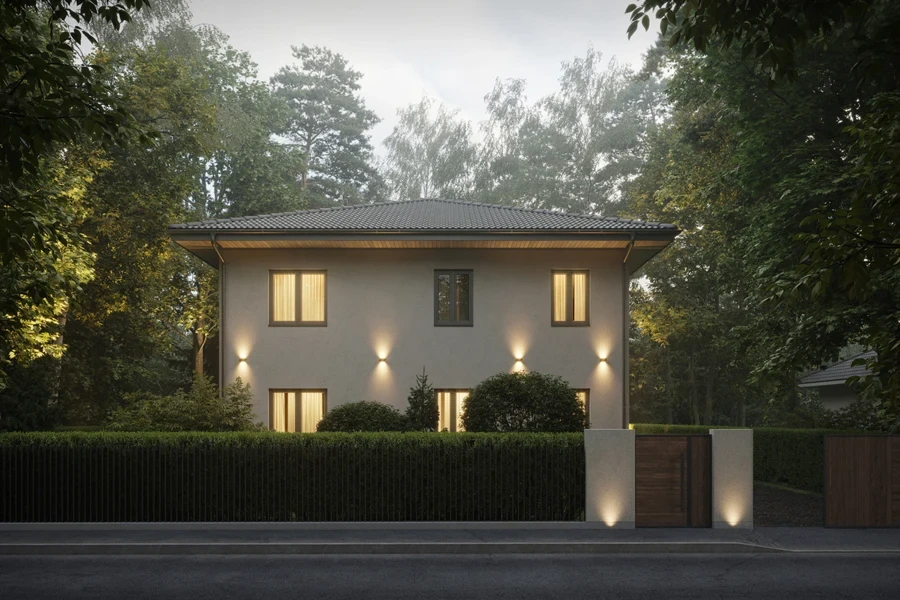
Bug lights come in a few different varieties, each with its advantages. Here’s what to consider when stocking a range to appeal to various customers and specific outdoor needs:
- Yellow bug lights are classic bug-repelling bulbs with a yellow tint that reduces bug attraction without complex technology. They’re also often the most budget-friendly option.
- LED bug lights are highly energy-efficient and long-lasting, making them a great choice for eco-conscious customers looking to save on electricity bills while keeping bugs at bay.
- Solar-powered bug lights rely on solar power, making them a favorite among environmentally conscious customers who want an off-the-grid lighting option. They’re also low maintenance since they don’t require wiring or electricity.
- Smart bug lights can be a huge draw for tech-savvy customers. These lights allow for remote control and settings adjustments through a smartphone app, letting users adjust the lighting to suit different needs or times of night.
3. Energy efficiency and lifespan
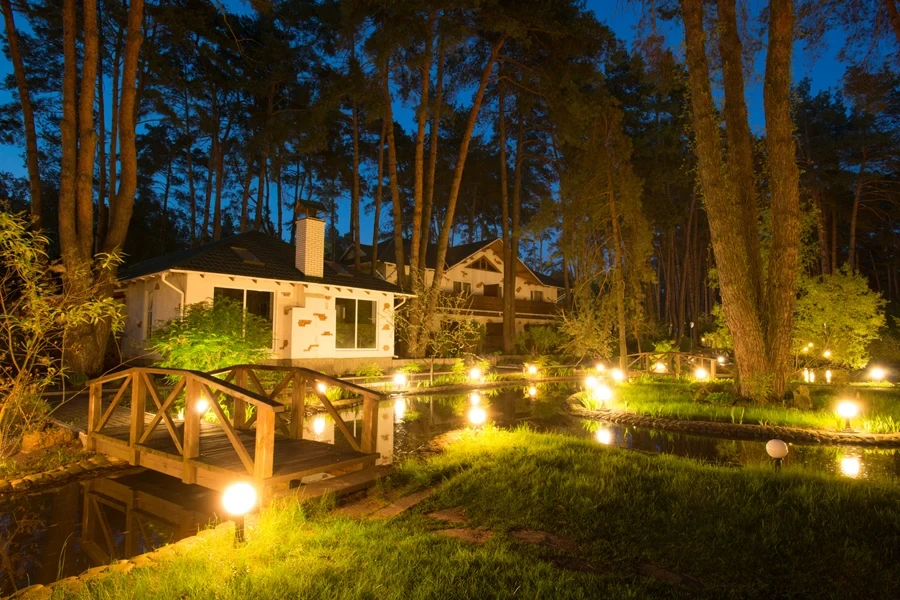
LED bug lights are a top choice for customers interested in energy-efficient bug lights. Compared to traditional incandescent bulbs, LEDs use much less power per watt and last far longer, often up to 25,000 hours or more. This means fewer replacements, lower energy bills, and less waste—factors that make LEDs an easy choice for sustainability-minded shoppers.
Another eco-friendly option to consider is solar-powered bug lights, which are ideal for people looking to reduce their energy consumption even further. Solar lights charge up during the day and turn on at night, providing a truly off-the-grid lighting solution.
4. Color temperature and wavelength
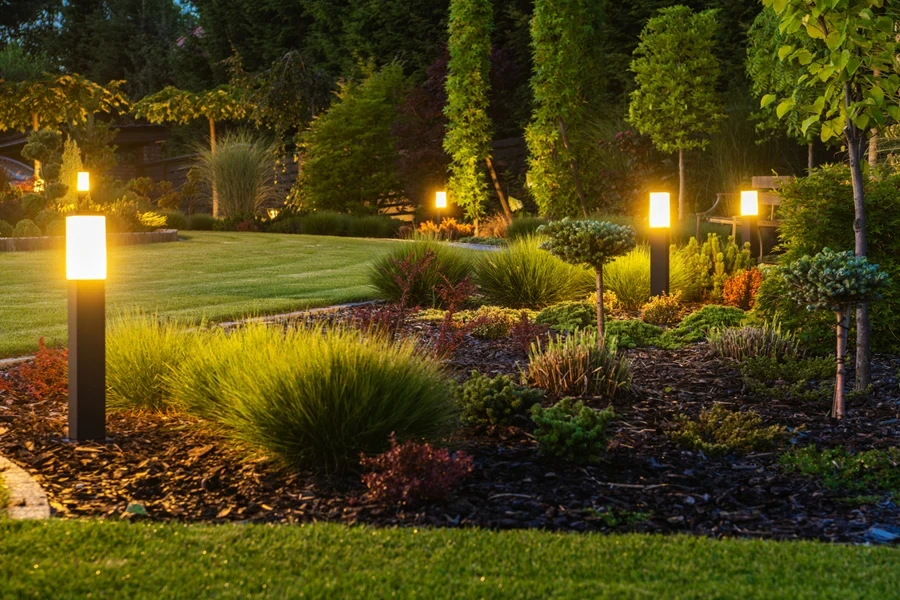
Bug lights’ color temperature and wavelength are what make them effective at repelling insects. Traditional lights emit a cooler blue or white light, with color temperatures of 4000K or more, which draws bugs. In contrast, bug lights generally fall between 2000K and 3000K, creating a warmer yellow light that bugs tend to ignore.
Here’s a look at the wavelength: Bug lights typically emit light with wavelengths over 550 nanometers (think yellow, amber, and red tones), which bugs can’t see as well. So, companies can stock yellow bug lights and warmer LED bug lights to give customers the same bug-repelling benefits but different lighting looks.
5. Extra features
More bug lights now have extra features beyond simply lighting up a space without attracting insects. These options give customers control over their lighting in practical, thoughtful ways. Here are some of them:
- Dimmable bug lights allow users to adjust brightness to suit the time of night or the mood they want to create. Some people want a soft glow while relaxing on the patio, while others prefer brighter light when entertaining friends outdoors.
- Bug lights with motion sensors are a hit for those looking to save on energy or add a bit of security to their outdoor areas. These lights turn on when they detect movement, so they’re ideal for entryways, paths, or any spot where people come and go frequently. With motion sensing, there’s less concern about accidentally leaving the light on all night to prolong bulb life.
Special features like these make bug lights even more versatile and practical. They’re great for attracting customers who appreciate lighting that adapts to their specific needs rather than simply turning on and off.
6. Compatibility with fixture

Customers love convenience, especially when it comes to outdoor lighting. Bug lights are most effective when they fit the outdoor fixtures people already have, which is why bulb-base compatibility is such a practical consideration.
The most common bases for bug lights are E26 and E27, which fit standard porch and patio fixtures. Remember to include various bases, even a few options for specific uses like floodlights or post lights—it can make all the difference. For example, a multi-use bug light that can work in both open and closed fixtures appeals to customers who want flexible options without the guesswork.
Wrapping up
People want to enjoy their outdoor spaces without battling annoying bugs. Bug lights have tapped into that desire by offering a way to illuminate the surroundings while keeping insect attraction to a minimum. Retailers can successfully enter this market by considering different factors, like type, energy efficiency, wavelength, and many more, which this article explores. Remember that the more effective the lights are, the happier consumers will be—which means more sales.
